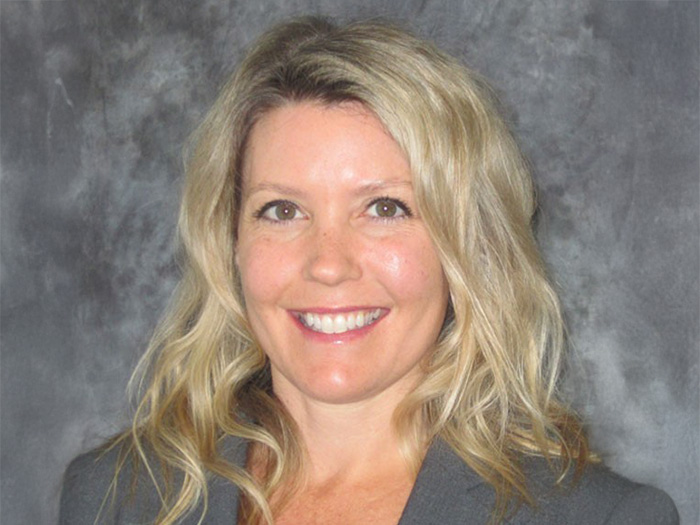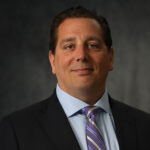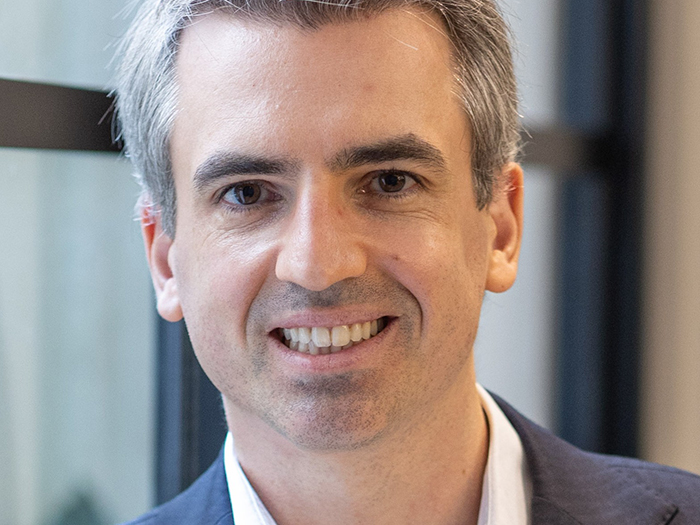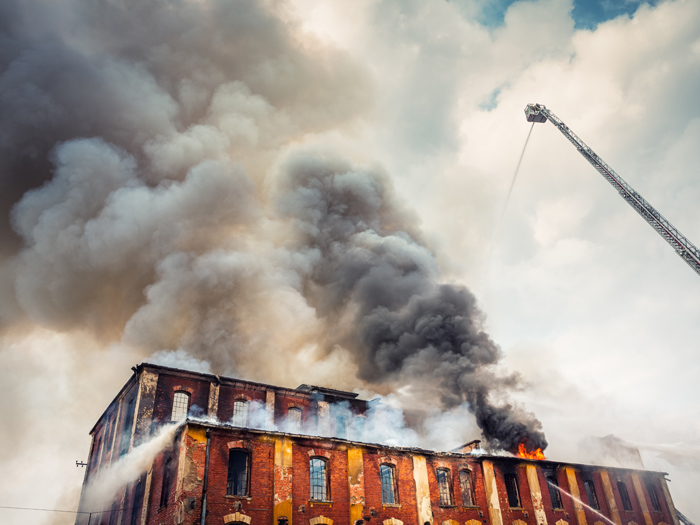6 Questions for 2025 Private Client Power Broker Julie Eshelman

In early 2025, Julie Eshelman, an assistant vice president and private client advisor with Aon Risk Services, was named a Power Broker® by Risk & Insurance in the Private Client category. At the recent Private Risk Management Conference in New Orleans, Dan Reynolds, the editor in chief of Risk & Insurance, spoke to Eshelman about recent trends in high net worth insurance and risk management. What follows is a transcript of that discussion, edited for length and clarity.
Risk & Insurance: Thanks for meeting with us, Julie. We’re hearing a lot more about technology advancements that can help mitigate losses. For starters, what trends are you seeing regarding water shutoff devices in risk management for high net worth homes?
Julie Eshelman: Just a few years ago, water shutoff devices were starting to appear in the insurance market as an option. If you had one, you would qualify for a credit. If you didn’t, it wasn’t a big deal.
Now Chubb is making it mandatory for all new business homes in California to have water shutoff devices, regardless of value. Whether it’s a $3 million or $10 million home, you must have a water shutoff device. The carriers which require this device will usually accept installation within 30 days of binding.
Some carriers such as Scottsdale and Vault include a water sublimit with your policy. You might have coverage A of $3 million, but only a $100,000 water sublimit. That’s not much when it comes to water losses, but typically they’ll remove the sublimit if you have a water shutoff device.
R&I: On the topic of another risk mitigation technique, what trends are emerging in ember-resistant venting and other wildfire mitigation implementations?
JE: Currently, wildfire defense requires a 100-foot defensible space around homes, with the most critical area being “zone zero”—the space from zero to five feet from the home. This zone cannot have any combustible materials, including wood mulch, plants, shrubs around the home perimeter, wood fencing, or garbage cans close to the structure.
For example, I learned in a seminar here at the PRMA conference in New Orleans that a trash can within five feet of your home is equivalent to three gallons of gasoline—it ignites instantly when an ember lands on it, especially a plastic trash can filled with paper and other fuel.
It’s crucial to inform clients about the reasoning behind these requirements, though many resist making changes. Ivy on homes is a significant hazard that must be removed. Wood mulch needs to be replaced with stonework or other non-combustible materials.
Ember-resistant venting is another critical component. The screening requirement has changed from one-quarter inch to one-eighth inch openings. The smaller the screen opening, the less likely embers will penetrate through the venting system and enter the home.
Once an ember penetrates the attic through these vents, the house is essentially lost.
Installing protective screening on vents also helps prevent embers from entering and provides crucial defense against fire damage.
R&I: Going further on the topic of firefighting, what types of water suppression systems are being installed for fire protection?
JE: There are many water suppression vendors here at the conference showcasing autonomous water systems, which are essentially exterior sprinklers installed on home rooftops. These systems deploy automatically when they sense a certain heat threshold, eliminating the need for homeowners to stay and attempt to fight the fire themselves.
This technology allows families to evacuate safely with their personal belongings and important documents rather than risking their lives trying to defend their property. The systems operate independently, providing protection even when residents have evacuated.
R&I: What changes are you observing in how insurance carriers approach homeowners who have implemented protective measures?
JE: We’re seeing carriers actually provide quotes and renew policies now. Instead of having no options, more carriers are saying they’ll provide coverage because homeowners have put protective measures in place.
Some carriers will provide a credit if the client has wildfire mitigation efforts in place.
R&I: What cyber risk exposures are emerging for high net worth individuals?
JE: We’re seeing significant cyber exposure for high net worth individuals. Anyone can Google your name or phone number, and an alarming amount of information surfaces from just a phone number alone.
These hackers are sophisticated. They can infiltrate your phone and location devices. Your phone contains numerous settings and privacy configurations that can be exploited if not properly secured.
There are significant vulnerabilities with both Bluetooth and Wi-Fi connectivity. When you’re connected to public Wi-Fi networks, the risks are particularly severe because hackers have sophisticated methods to infiltrate your phone through these unsecured connections.
Once they gain access, they can track your location data and monitor your regular driving patterns. This compromises not just your current whereabouts but also reveals your routine movements and behaviors.
Cybercriminals can track various aspects of your daily routine, such as where you drive your children to school or your route to work. With this information, they can make different types of ransom demands or even threats of kidnapping.
Additionally, if they gain access to your laptop while you’re connected to public WiFi, they can steal your files and deploy ransomware to encrypt your data.
Phone numbers have become as sensitive as Social Security numbers in terms of personal data security. It’s critical to be cautious about who you share this information with.
R&I: What trends are you observing with non-admitted carriers as an option for homeowners’ insurance?
JE: The admitted market in California, as well as many other states, is really tightening with many carriers exiting the market. We have very few options remaining. In California specifically, I only have two admitted options: Chubb and Pure.
If both Chubb and Pure decline coverage, then we must pursue non-admitted options. The good news is that in 2025, we have significantly more options available than we did just last year. We’re seeing more non-admitted carriers enter the market and expand their appetite for homeowners’ coverage.
With more supply entering the market, we’re starting to see prices come down. It’s not dramatic yet, but rates are decreasing slightly more than what we’ve seen over the past year or so.
Many of our clients who were with direct carriers like State Farm or Farmers have been non-renewed. These direct carriers can only write with their company or the California Fair Plan — they don’t have non-admitted options to offer clients. As a result, these clients often think the Fair Plan is their only choice.
However, the Fair Plan should be a last resort, used only after exhausting all other options. It only covers wildfire, isn’t a comprehensive product, and is meant as a temporary solution while finding alternative coverage. Additionally, the Fair Plan is capped at $3 million total insured value.
Non-admitted carriers are becoming the new norm. They offer true HO3 policies with full coverage limits up to the replacement value of the home, unlike the Fair Plan’s limitations. These carriers are providing the comprehensive coverage that traditional admitted markets are no longer offering in California. &










